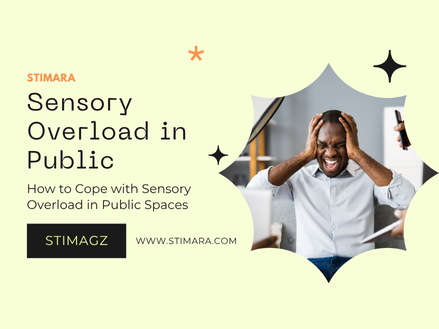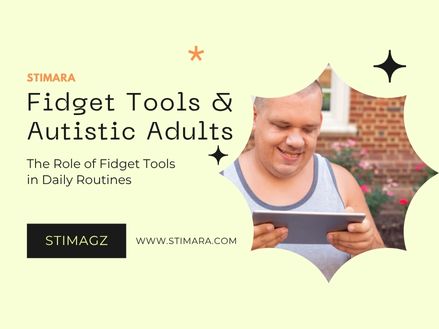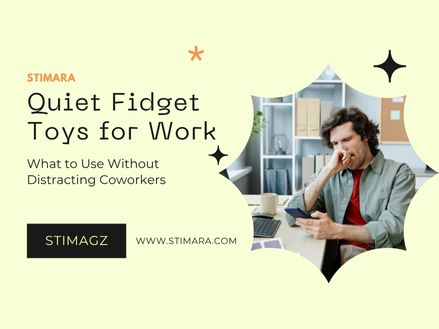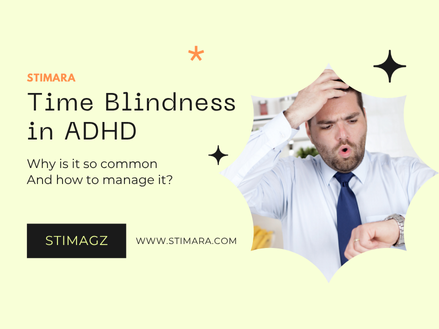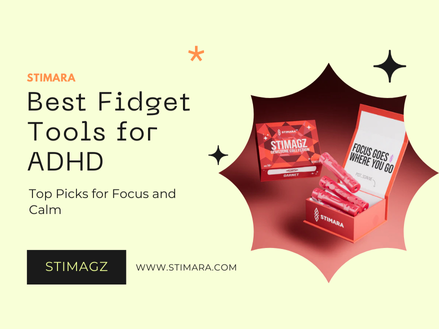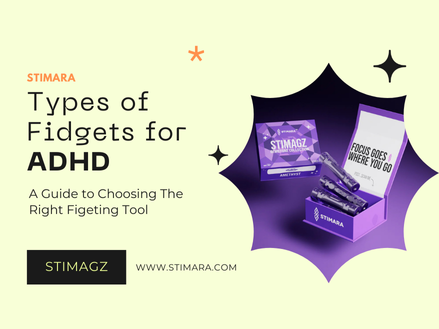How to Cope with Sensory Overload in Public Spaces
The Role of Fidget Tools in Autistic Adults’ Daily Routines
7 Quiet Fidget Toys for Work: What to Use Without Distracting Coworkers
How to Create an ADHD-Friendly Workspace That Keeps You Focused
Why Time Blindness Is So Common in ADHD – And How to Manage It
Best Fidget Tools for ADHD in 2025 – Top Picks for Focus and Calm
Types of Fidget Tools for ADHD (Tacticle, Magnetic, Sensory and more)
How Fidget Tools Help with ADHD: Science-Backed Benefits
ADHD and Fidgeting: Why It Happens and How It Helps with Focus



